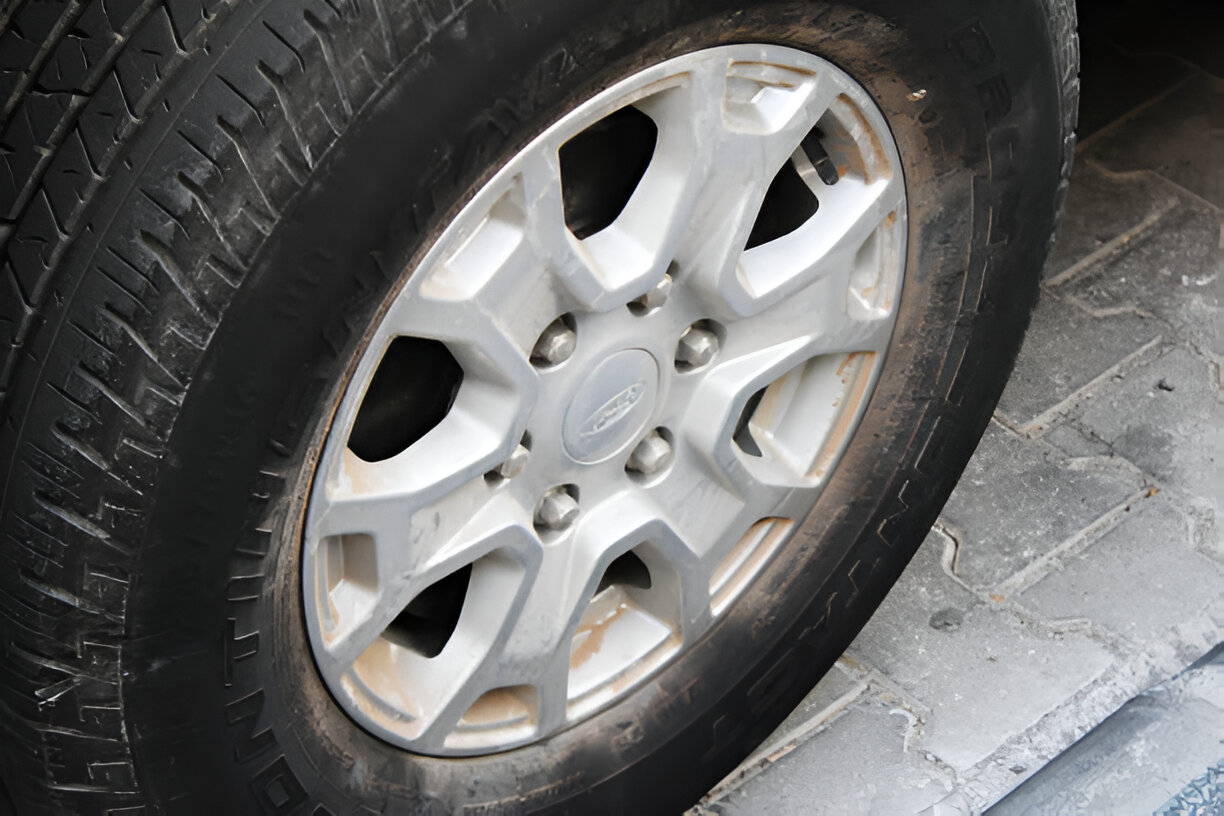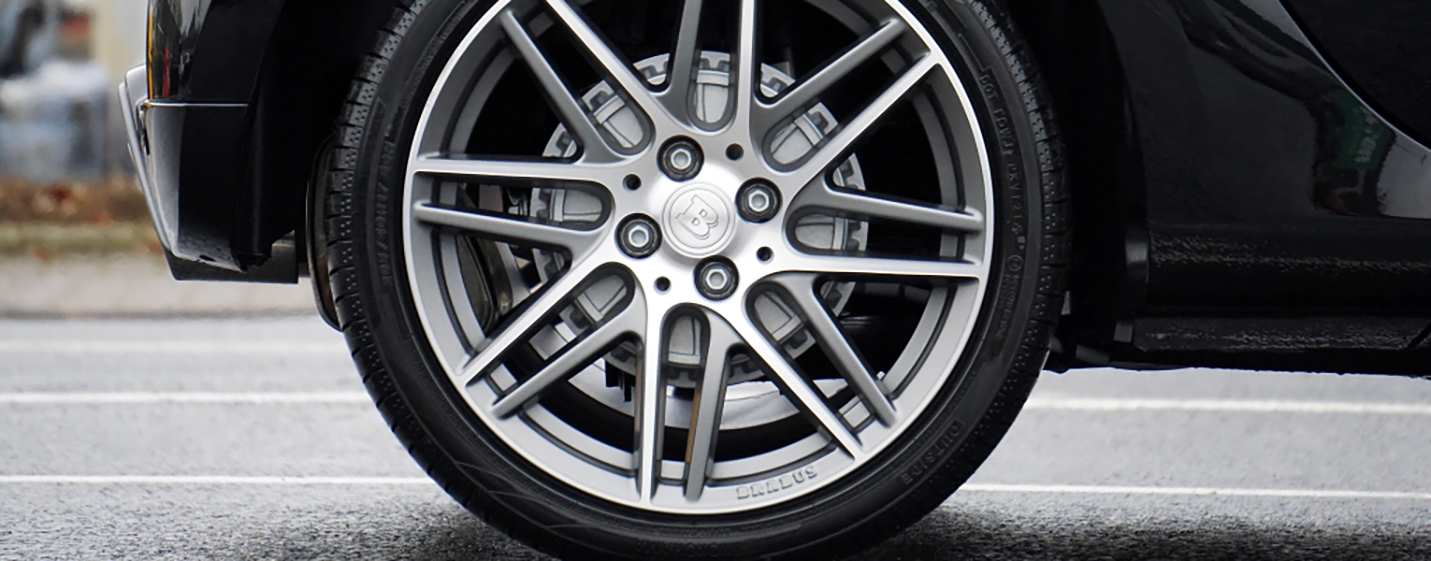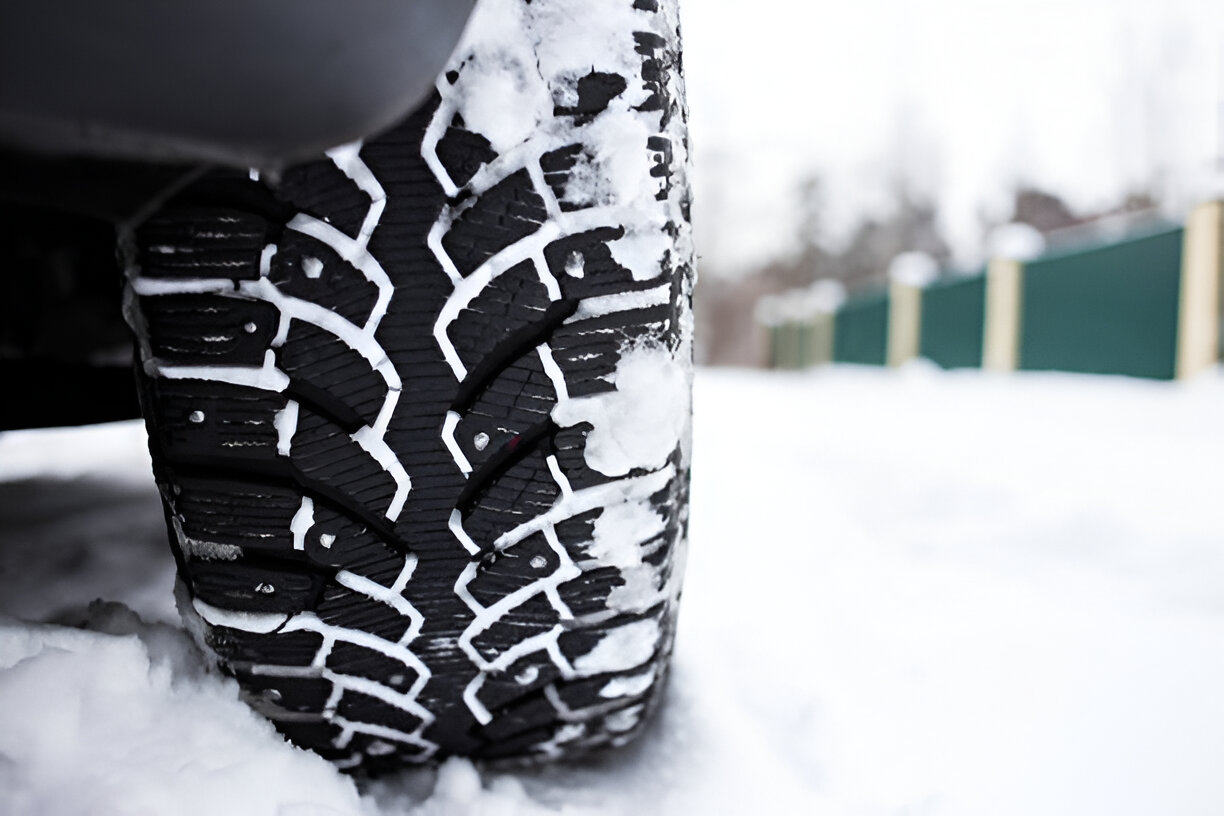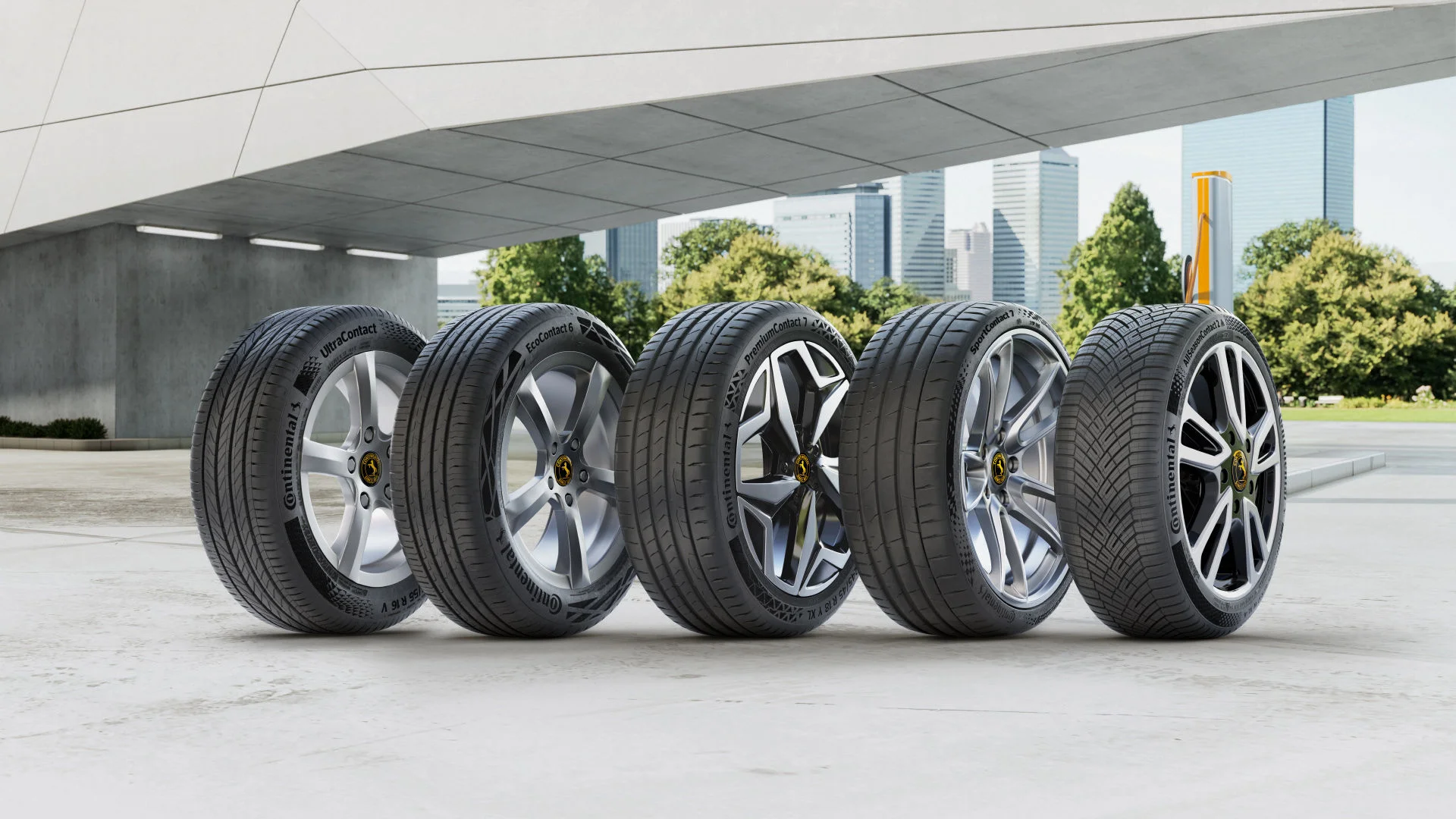Last Updated on July 30, 2025
The Basics of Buying Replacement Lawn & Garden Tires
Buying lawn & garden tires for your ride-on tractor, mower, ATV/UTV, wheelbarrow hand cart, or other small equipment is likely not something you do very often. Unless the equipment is used for commercial purposes or you have very large acreage, these tires are replaced less frequently than your car or truck tires. To help guide you through the many options for replacing lawn & garden tires and small specialty tires, we put together the information you need to make the decision easier.
Finding the Size of Your Lawn & Garden Tires
In almost all instances, lawn & garden tire buyers are looking for the same size as the tire that came on their equipment when it was new. On ATVs and golf carts, owners occasionally change the original tire to a different size for aesthetic or performance reasons. The manufacturer purposely picked the tire size with lawnmowers, wheelbarrows, hand carts, and other garden equipment for optimal service and performance. Rarely would changing a tire size improve the efficiency or performance of the equipment.
The tire size is easily found on the sidewall of the tire to be replaced or in the equipment’s Owner Manual. Mowers and other lawn and garden equipment tire sizes are always in inches. The most common sizing system is a series of 3 numbers separated by an “X” or a “/.” Occasionally, you will see only two numbers separated by a dash. Following are a few examples.
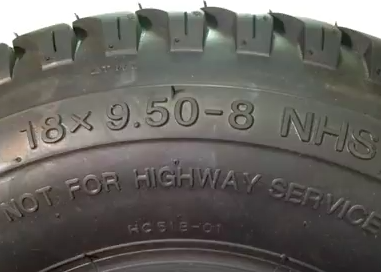
A popular tire size for ride-on mowers and garden tractors is 18 X 9.50-8. This means the tire’s overall diameter is 18 inches, its width is 9.50 inches, and it is fitted on an 8-inch rim.
4.10/3.5-4 is another common size on smaller garden tractors. In this case, there is a “/” instead of an “X” in the size description. The height, width, and rim order slightly differ when you see the back-slash. The first number is the tire’s width, and the second number after the dash is the height of the sidewall (not the overall diameter). The third number is the rim diameter. To get the overall diameter, you need to do some math! 4 (rim diameter) + 3.5 (sidewall height) X 2 = 11 inches total diameter.

Push carts and equipment like wheelbarrows, tillers, mowers, and power washers often follow a two-number system. 5.30-12 means the width is 5.30 inches wide on a rim that is 12 inches in diameter. With this sizing nomenclature, there is no indication of the sidewall height or overall diameter of the tire.
Also, occasionally, you will see oddball numbers like “1111” or “400” after the dash. Typically, the manufacturer has omitted the decimal point. So, these numbers would equate to 11.11 inches or 4.00 inches. If you have any doubt about the tire size, the Tires-easy Customer Service Team is a great resource and would be very happy to assist you at 1-855-978-6789 (5 am-5 pm PST Mon-Fri) with any tire or tire size or tire use-related questions.
Once you have found and noted the numbers and any special markings accompanying the size, the rest of the lawn & garden tire replacement buying process is easy.
Picking the Tire Tread Pattern for your Lawn & Garden Equipment Based on Intended Use
There are three main classifications of tread pattern types for tractors and lawn & garden equipment: mixed-use turf tires, knobby all-terrain tires, or ribbed tires.
- Turf tread patterns are most common on ride-on tractors and carts. They usually have circumferential rows of chevron-shaped tread blocks. These are designed to provide traction on slick pavement and grass without digging up and damaging the turf. If you are replacing one tire, you can usually find a tread pattern that is identical or close to similar to the way on the remaining tires or what came on the tractor or cart when new.
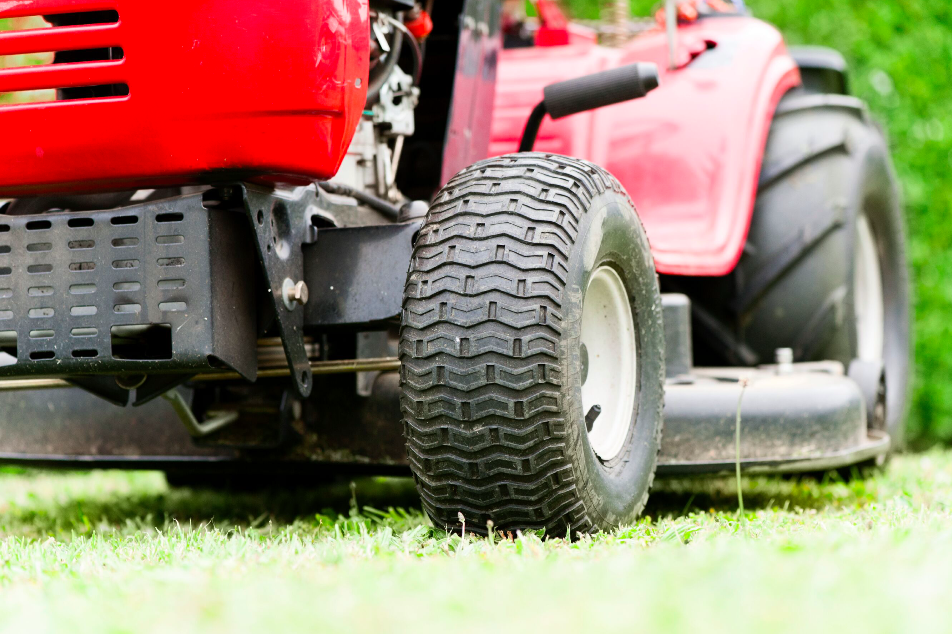
- Knobby, all-terrain tire patterns typically have large tread blocks and deeper grooves for traction on loose surfaces like dirt, sand, or mud. These tires sometimes have a herringbone tread pattern similar to those on farm tractors. They feature a high void area (space between the blocks) to evacuate debris from the tire. On ATV/UTV tires, the actual casing with these tread patterns is typically reinforced with a thicker sidewall to reduce damage from hazards such as sharp rock or impacts that could lead to tire failure. If you are satisfied with the grip your tires have provided, consider replacing the tires with a similar-looking tread pattern.
- Ribbed tread patterns are common on utilitarian wheelbarrows, hand carts, and power washers. These consist of circumferential grooves and straight ribs that are either flat or slightly scalloped. These patterns provide lateral stability to keep the tire from sliding sideways but are primarily designed to roll easily and last long.
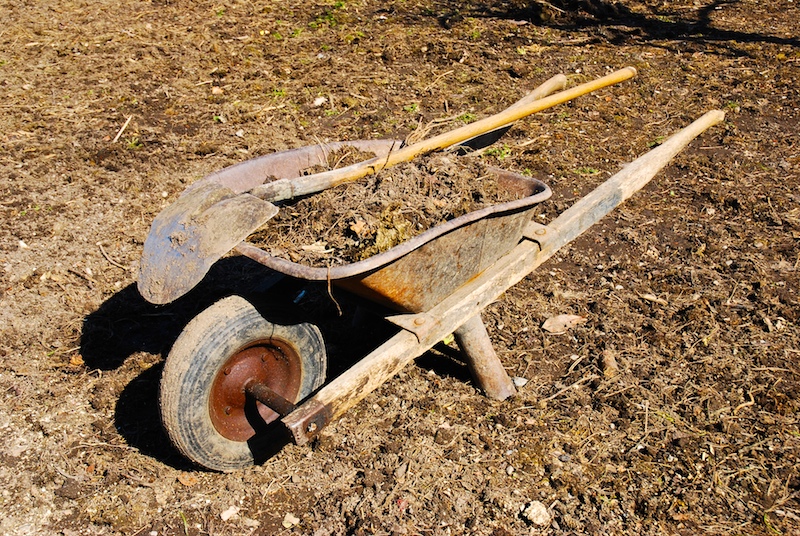
Where to Buy Your Lawn & Garden Tires:
Now that you have the size and the type of tread pattern, you are armed with the information you need to find the right replacement tires for your lawn and garden equipment. We carry a great selection of small equipment specialty tires to suit a wide range of small equipment, ATV/UTV, and lawn & garden equipment.
Visit Tires Easy and enter your tire size in the red tire selector on the left of the screen. A photo and a general description of all the available tires will be listed. You can filter on a particular brand or style or sort by price to find the tire that best fits your application and your budget for lawn & garden tires.
FAQs
How do you remove a lawn mower tire?
Removing a lawn mower tire is a straightforward process. Begin by safely elevating the mower, using a jack or sturdy blocks to lift the front or rear end, ensuring it is stable and secure. Once elevated, locate the axle nut, which holds the tire in place on the axle.
Loosen and remove the axle nut using the appropriate tool, like a wrench or pliers. With the nut removed, carefully slide the tire off the axle, not damaging the wheel or the axle. This process allows you to access the tire for replacement or maintenance.
How do you change a tire step by step?
Changing a tire on a lawn mower can be done step by step as follows. Start by safely elevating the mower so the tire you want to replace is off the ground. It’s essential to deflate the tire before removing it. Locate and remove the axle nut that secures the tire to the axle.
Once the nut is removed, gently slide the old tire off the axle. Now, slide the new tire onto the axle in its place. Secure the new tire by tightening the axle nut. Finally, inflate the new tire to the recommended pressure using a suitable air pump, and your tire change is complete.
How do you change a lawn mower wheel?
Changing a lawn mower wheel is similar to changing a tire. Begin by safely lifting the mower so the wheel you want replaced is off the ground. Next, locate the attachment point that holds the wheel in place. Depending on your mower’s design, this attachment could be a clip, pin, or nut. Remove the fastener to release the old wheel.
Carefully slide the old wheel off the axle. Now, slide the new wheel onto the axle in the same position. Secure the new wheel by reattaching the clip, pin, or nut. Finally, lower the mower back to the ground, ensuring the new wheel is securely in place.
-
Automotive Specialist
-
Proofreader
-
Writer





